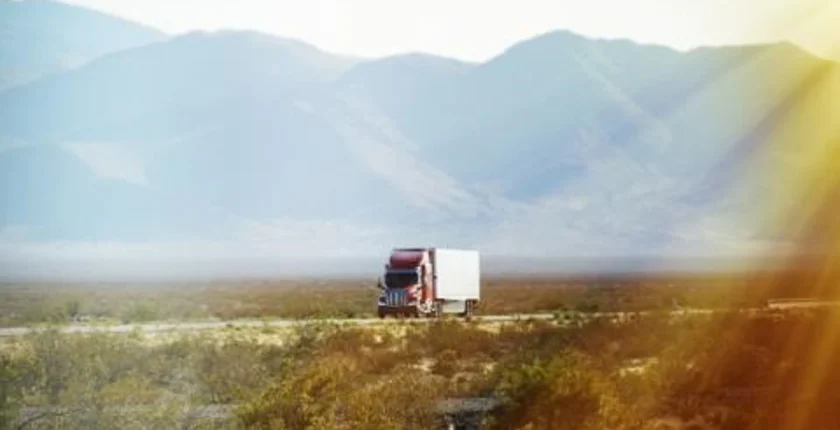Comprehensive Guide to Commercial Driver’s Licenses (CDLs)
A Commercial Driver’s License (CDL) is more than just a license—it’s a professional credential that demonstrates your ability to operate large commercial vehicles. It’s a testament to your skills, knowledge, and commitment to safety on the road. In the trucking industry, a CDL is not just important—it’s essential.
The Three Classes of CDLs
CDLs are categorized into three classes: Class A, Class B, and Class C. Class A licenses are for “combination” vehicles with a Gross Combination Weight Rating (GCWR) of 26,001 lbs or more. If you’re driving a tractor-trailer, you’ll need a Class A license. Class B licenses are for single vehicles with a Gross Vehicle Weight Rating (GVWR) of 26,001 lbs or more. This includes buses, dump trucks, and straight trucks. Class C licenses cover any vehicle designed to transport 16 or more passengers or hazardous materials. This class is often required for school bus drivers or hazardous waste drivers.
CDL Training Programs
CDL training programs are an excellent way to prepare for the CDL exam. These programs provide both classroom instruction and behind-the-wheel training. They cover everything from basic vehicle operation to advanced defensive driving techniques. These programs not only prepare you for the exam but also for the challenges you’ll face on the road.
Costs Associated with Obtaining a CDL
Obtaining a CDL involves several costs. These include fees for the written and skills tests, medical examinations, and the issuance of the license itself. Additionally, you may also need to pay for a training program, study materials, and any necessary endorsements. These costs can vary by state and training program, so it’s important to budget accordingly.
- CDL Training School Costs: The cost of attending a CDL training school can vary significantly, typically ranging between $3,000 and $7,000. This cost usually covers both classroom instruction and behind-the-wheel training.
- Entry-Level Driver Training (ELDT) Certification Costs: Since February 2022, new Class A or Class B CDL seekers are required to complete ELDT certification, which involves both theory and practical training. The costs for this certification range from $1,500 to $5,000
- State License Test Fees: The fees for obtaining a CDL generally fall between $50 and $200. These fees cover both the written and practical CDL test costs
- Endorsement Fees: If you plan on adding any endorsements to your license, note that they typically cost around $5 to $50 each
- Medical Exam Costs: A necessary medical exam for CDL eligibility typically costs between $50 and $150
- Additional Costs: Additional expenses may include study materials, courses, and potentially required drug/alcohol testing
Please note that these costs can vary based on the state and the training school. Therefore, it’s important to check with local DMV offices and training schools for specific costs in your area. Also, keep in mind that while acquiring a CDL is an investment, there are strategies that can help minimize costs, such as grants and scholarships.
License Renewal
CDL renewal is a straightforward process that typically involves a medical examination and a renewal fee. Most states require CDL holders to renew their license every four years. However, some states have different renewal periods, so it’s important to check the regulations in your state. Keeping your CDL current is crucial for maintaining your career in the trucking industry.
State-Specific Regulations
CDL requirements can vary significantly by state. For example, some states require large RV owners to have a CDL, while others do not. Additionally, the age requirement, fees, and even the contents of the written test can vary. It’s important to check the specific regulations in your state to ensure you’re in compliance.
Non-Trucking Jobs for CDL Holders
A CDL can also open doors to non-trucking jobs. These include roles in construction, bus driving, or waste management. For example, many construction companies require dump truck drivers to have a Class B CDL. Similarly, city bus drivers and school bus drivers typically need a Class C CDL. These jobs offer a change of pace from long-haul trucking but still provide a good income.
Impact of Traffic Violations
Traffic violations can have a serious impact on your CDL. Serious or repeated violations can lead to your CDL being suspended or revoked. This can sideline your career and result in significant financial consequences. Therefore, it’s crucial to drive safely and responsibly at all times.
International Recognition
U.S. CDLs are recognized in many countries, and international truck drivers can obtain a U.S. CDL through a process similar to that for U.S. residents. However, some countries may require additional testing or documentation. If you’re planning to drive commercially outside the U.S., it’s important to research the requirements in your destination country.
Medical Requirements
CDL applicants must meet certain medical requirements, as outlined in the Federal Motor Carrier Safety Regulations (FMCSRs). These include vision and hearing standards, as well as guidelines for various medical conditions. For example, drivers must have at least 20/40 vision in each eye and be able to distinguish colors. They must also pass a physical exam every two years.
Preparation for the CDL Exam
Preparing for the CDL exam involves studying the CDL manual, taking practice tests, and getting plenty of behind-the-wheel practice. Additionally, many drivers find it helpful to take a CDL training course. Remember, the more prepared you are, the better your chances of passing the exam on your first try.
